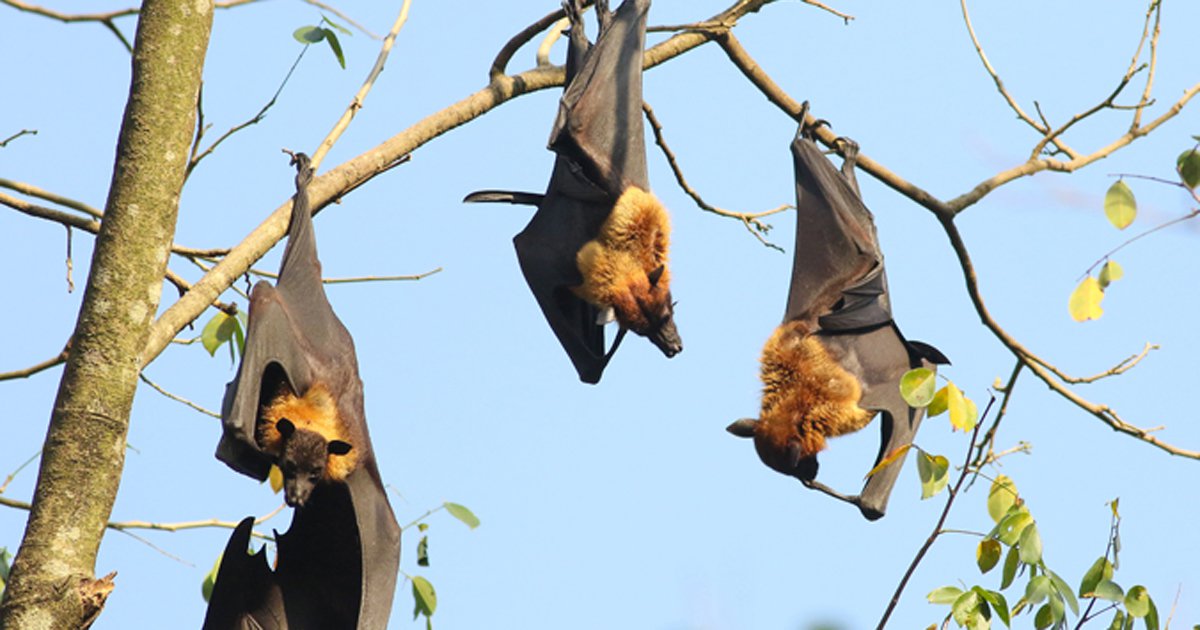Older age, respiratory symptoms indicate Nipah virus infectivity
Data from 14 years of Nipah virus outbreaks in Bangladesh demonstrated that older patients with respiratory symptoms generated more secondary cases, and that the risk for infection was highest among individuals with prolonged contact with case patients, especially spouses.
The findings were published today in The New England Journal of Medicine.
“The study showed that, in particular, adult cases with respiratory symptoms transmitted the virus to more individuals than others, while contacts exposed to body fluids, including respiratory secretions, were more likely to get infected than others,” Birgit Nikolay, PhD, MSc, a postdoc in the mathematical modelling of infectious diseases unit at the Pasteur Institute in Paris, told Infectious Disease News.
Last year, WHO placed an unknown disease dubbed “Disease X” on its list of priority diseases requiring urgent research and development. It was included to represent a currently unknown pathogen that could cause an epidemic.

“Nipah was Disease X until 20 years ago; SARS and MERS were also Disease X in their times,” Jeremy J. Farrar, MD, PhD, director of the Wellcome Trust, explained in a perspective related to the new study. “Twenty years before that, it was HIV/AIDS. It is the disease we don’t know yet, emerging somewhere in the world, barely noticed until it can no longer be ignored.”
Found throughout South Asia and Southeast Asia, Nipah virus is a zoonotic pathogen, transmitted to humans mostly through exposure to bats. It is highly virulent, with a more than 70% case fatality rate, Nikolay and colleagues noted. There are no available treatments or vaccines.
A strong public health response was credited with stopping a Nipah virus outbreak in southwest India last year that infected 19 people and killed 17 — the first Nipah virus outbreak in India in 11 years. Outbreaks are more common in neighboring Bangladesh, where they occur yearly.
“Bangladesh is the only country reporting Nipah virus outbreaks regularly, with 79 reported spillover events from April 2001 through April 2014, and our study includes all but three known outbreaks of Nipah virus with person-to-person transmission,” Nikolay and colleagues wrote.
They used data from the outbreaks and 8 years of contact studies to determine case patient characteristics associated with transmission and factors associated with the risk for infection among contacts.
The researchers identified 248 cases of Nipah virus, of which 82 were caused by person-to-person transmission. The case patients’ median age was 24 years, 64% were male and most had respiratory symptoms, such as difficulty breathing (63%) and cough (51%).
Nikolay and colleagues calculated a reproduction number of 0.33 (95% CI, 0.19-0.59) for Nipah virus, and found that the older a case patient was, the higher their predicted reproduction number. According to the study, the highest reproduction number was among patients aged 45 years or older who had difficulty breathing (1.1; 95% CI, 0.4-3.2).
The researchers reported that 14% of contact spouses were infected in the outbreaks, compared with 1.3% of other close family members and 0.9% of other contacts. The risk for infection increased as the duration of exposure increased, with an adjusted OR of 13 for exposure greater than 48 hours compared with less than 1 hour (95% CI, 2.6-62). The risk also increased with exposure to body fluids (aOR = 4.3; 95% CI, 1.6-11).
“In the absence of efficient treatments or vaccines, the only way to control Nipah virus outbreaks is through targeted interventions that limit opportunities of spread,” Nikolay said. “Designing such interventions is challenging in a context where transmission mechanisms remain poorly understood. The study provides important insights to better understand these mechanisms.” – by Marley Ghizzone
Disclosures: Farrar works for the Wellcome Trust. Nikolay reports receiving grants from the Laboratory of Excellence in Integrative Biology of Emerging Infectious Diseases, AXA Research Fund, INCEPTION project, and National Institute of General Medical Sciences’ Models of Infectious Disease Agent Study. Please see the study for all other authors’ relevant financial disclosures.

